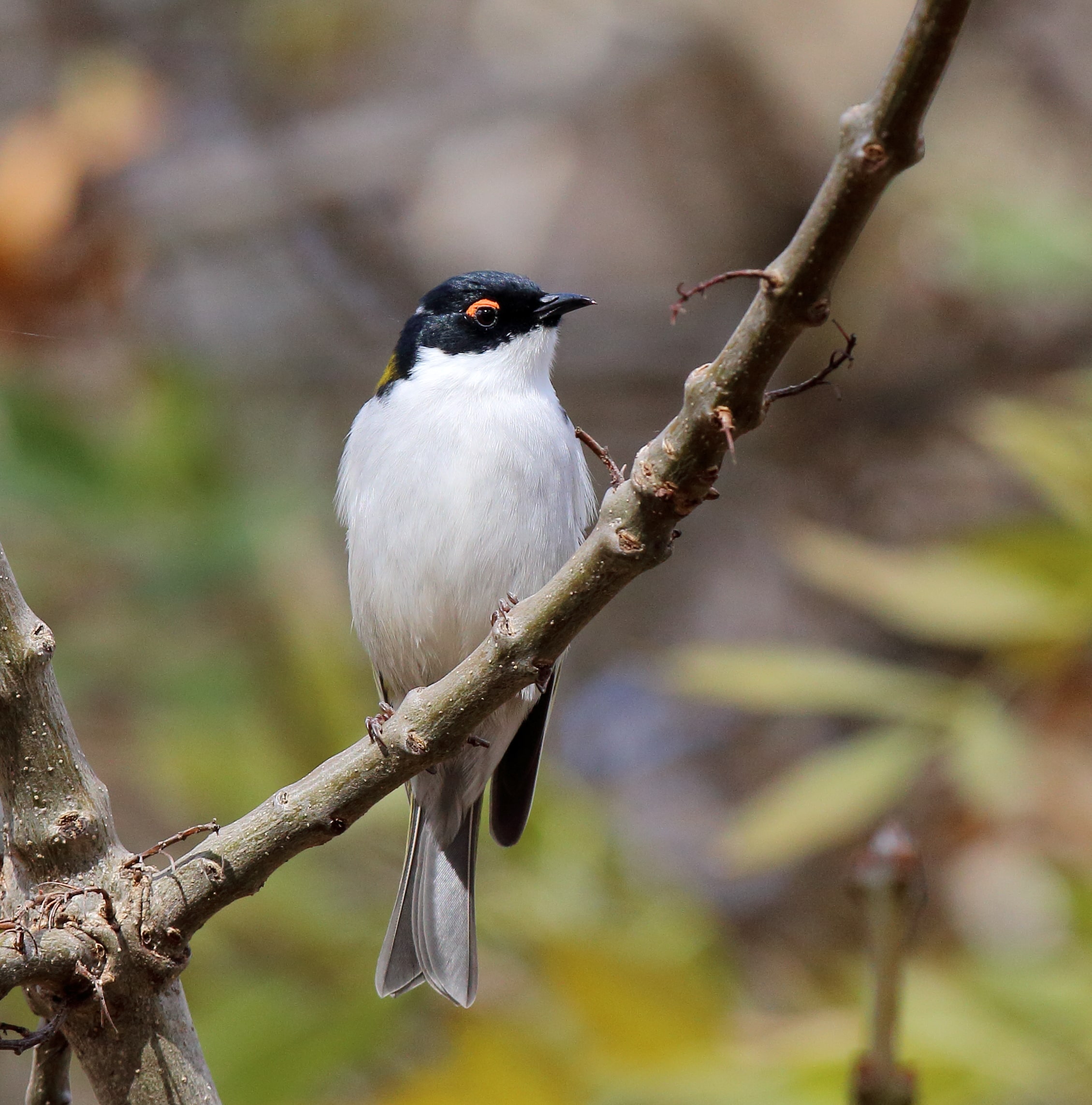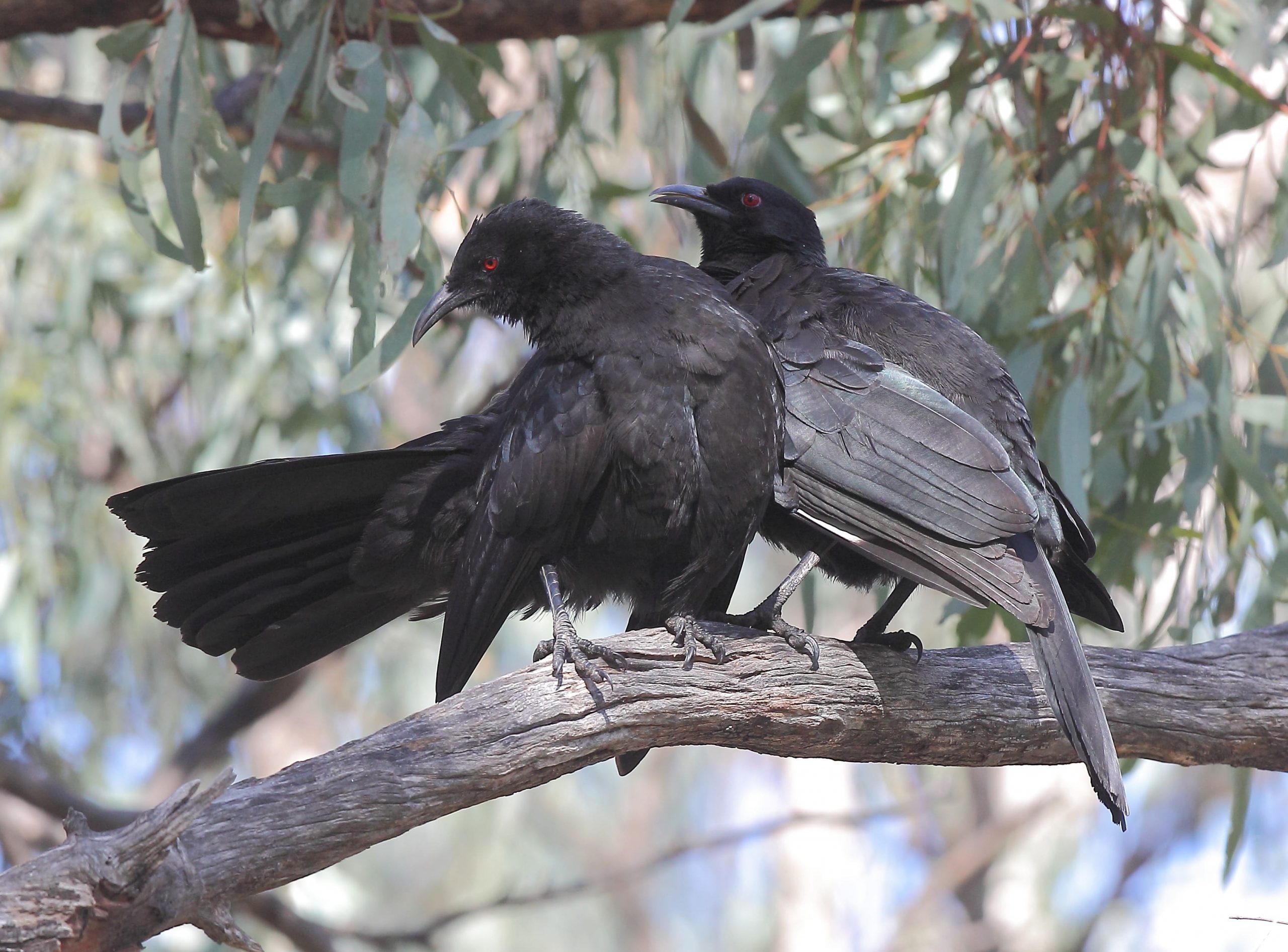A successful bird monitoring program supported by Responsible Wood Community Grants and undertaken by Birdlife Australia at the request of PF Olsen Australia has dispelled the notion that forest plantations are ‘biological deserts’

White-naped Honeyeater: Species recorded moving through hardwood canopies foraging on lerps (insects that suck sap from leaves). Gilbert’s Honeyeater (similar to White-naped. These have only recently been split taxonomically at species level) common in Western Australian Hardwood plantations.
In 2015, BirdLife Australia began monitoring bird populations annually in hardwood plantations in western Victoria and have done similar work in Western Australia since 2017. The Responsible Wood Community Grant project extended the scope of the monitoring program into softwood plantations in southern New South Wales. In 2020, Birdlife Australia received $10,500 under the Responsible Wood 2020 Community Grants Program.
35 survey transects were surveyed in November 2021. A total of 585 individual birds across 36 species were recorded across a spread of softwood plantations transects, control transects in the surrounding national parks and reserves and native remnants within the plantation matrix. Using protocols established in western Victoria and Western Australia, four main indexes were reviewed – a Shannon index at both a landscape and site scale; the number birds in 14 foraging guilds; the number of conservation-significant bird species; and analysis of common species. These sites will be survey in future years.
A single species of conservation concern was the gang-gang cockatoo (Callocephalon fimbriatum), which has only recently been listed by the federal Environment Protection and Biodiversity Conservation Act.
Dr Kerryn Herman explains:
“We need to understand what native bird species are present within plantations before we can effectively manage these values in line with the industry needs, so we set up a project to collect the data.”
“What we have learnt through ongoing monitoring is that whilst there are differences in the assemblages of birds found in plantations compared to native forest, the plantation themselves also provide usable habitat for birds. We have nesting records as well as foraging.”
“Plantations are not the ‘biological deserts’ many have claimed them to be. By better understanding how birds use plantation, improved management practices can contribute to not only a sustainable timber resource, but also sustainable biodiversity.”
The aim of the monitoring program is to address the monitoring requirements under both FSC® and Responsible Wood certification. The requirement is for biodiversity to be maintained and enhanced across the certified area.
David Bennett explains:
“PF Olsen Australia is seeking to make birdlife monitoring a standard part of its monitoring regime on all the certified forests it manages. The program that Dr Herman designed seeks to examine changes in birdlife that can be attributed solely to plantation management. In order to understand and differentiate broader landscape changes, observations are made at control sites in adjacent native vegetation.”

White-winged Chough: Common in both Hardwood and Softwood plantations. These birds live territorial, in family groups and there are a number of plantations where groups are located.
Responsible Wood will be launching its third instalment of its Community Grants Program later this year.
The aim of the program is to support local communities develop, design and implement small community-based projects in their local area in conjunction with their local Responsible Wood certified forestry company.
Community Grants are awarded for collaborative, community-based projects, activities or events that connect communities to certified forests and forest growers.
The Grants are assessed by an expert judging panel with Community Grants Project Manager, Meagan Graham, overseeing the program.
For more information about the Responsible Wood Community Grants Program, including a list of the successful recipients, please visit the Responsible Wood Community Grants Program website.
For more information about the Bird Monitoring project please contact PF Olsen Australia or Birdlife Australia.
Cover Image: Gang-gang Cockatoo: Recently listed on EPBC Act. In Western Vic this species turns up in the planations nad managed native remnants.
About PF Olsen
The Responsible Wood certificate holder, PF Olsen Australia is an independent forestry and agriculture manager, managing privately owned forests across Australia. The monitoring sites are on plantations owned by funds managed by New Forests, a global investment manager of nature-based real assets and natural capital strategies. For more information, visit: https://au.pfolsen.com/ and www.newforests.com.au.
About BirdLife Australia
BirdLife Australia is a not-for-profit organisation advocating for native birds and the conservation of their habitats across Australia. For more information, visit https://birdlife.org.au/
Photo Credits courtesy of Andrew Silcocks.







